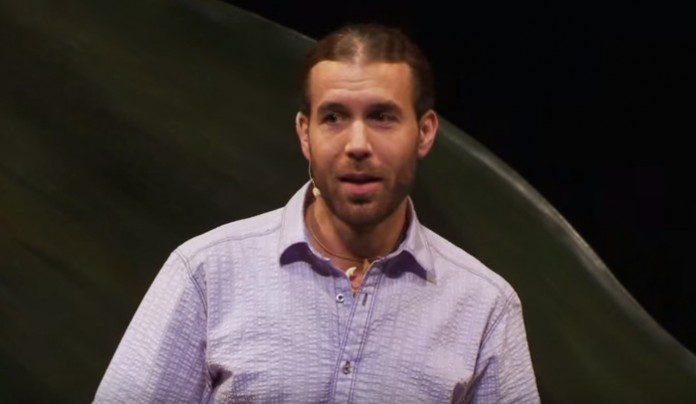Biofuels, solar power, wind energy, hydro-powered electricity, geothermal plants—these terms are what you will commonly hear when talking about alternative energy. Will these sources be the best options to feed a planet that continues to increase its consumption of energy? Some people question how viable these alternatives are as compared to fossil fuels. Others believe that they are the only way to go, especially when Earth is becoming more polluted and climate change is worsening. Dig deeper into the issue by learning some pros and cons of alternative energy sources.
List of Pros of Alternative Energy Sources
1. They reduce the destruction of nature.
Harvesting power from the sun, wind, and water formations does not pollute the environment. Using these sources as energy doesn’t harm our planet because they don’t emit any harmful gasses or particles. On the other hand, coal requires whole mountains to be leveled. Oil emits harmful carbon into the atmosphere, and if a pipeline leaks, oil spills cause devastating damage to oceans, land, and ecosystems of living organisms.
2. They are sustainable and renewable.
Most alternative energy sources are sustainable and renewable, so you can be sure to have a constant supply. Two perfect examples are the sun and wind. As long as the sun keeps on shining and the wind keeps on blowing, there will be a steady supply of power.
3. They create green jobs.
Harvesting alternative energy will require different forms of technology and expertise. This will open more job opportunities in the industry, providing more people with work, which will be helpful at a time when the economy has caused many individuals to become jobless.
4. They can make countries more energy independent.
If a nation is able to successfully tap their natural sources of energy, they can provide a local supply to their citizens and they can lessen their dependence on oil-rich countries. This will boost their economy and provide better electricity prices and supplies for citizens.
List of Cons of Alternative Energy Sources
1. They are an expensive initial investment.
If a country converts to alternative energy and implements it on a wide scale, it will need new technology and more manpower. This means a large investment initially. Also, it will take several years before the ROI can break even.
2. They make up only a small fraction of energy production.
There are some European countries that produce most of their energy from alternative sources, but these nations usually have a small population. Implementing full dependence on natural energy sources for bigger populations can prove to be more challenging, especially because they are not yet widely available today.
3. They will require new laws and infrastructure.
Once a country decides to use alternative energy as their primary source of power, they will have to make big changes to their legislation and infrastructure in order to properly and efficiently implement the change and growth.
4. They can have harmful effects.
Some opposing proponents argue that alternative energy sources also have negative effects. For example, biofuels can affect the diversity of crops and the food supply as mot farmers will be encouraged to grow crops that will be used as fuel instead of plants for food. Another concern is the devastating effects nuclear power plant leaks will have on the surrounding inhabitants and environment.
Are countries ready to use alternative energy sources as a primary power source, despite the challenges it poses? Or should they still use fossil fuels while slowly transitioning to cleaner and more sustainable energy sources?
Crystal Lombardo is a contributing editor for Vision Launch. Crystal is a seasoned writer and researcher with over 10 years of experience. She has been an editor of three popular blogs that each have had over 500,000 monthly readers.


















